First Drive: Lamborghini's Lanzador EV Is Shooting for the Moon
Published By: NEWSROOM_REPOST
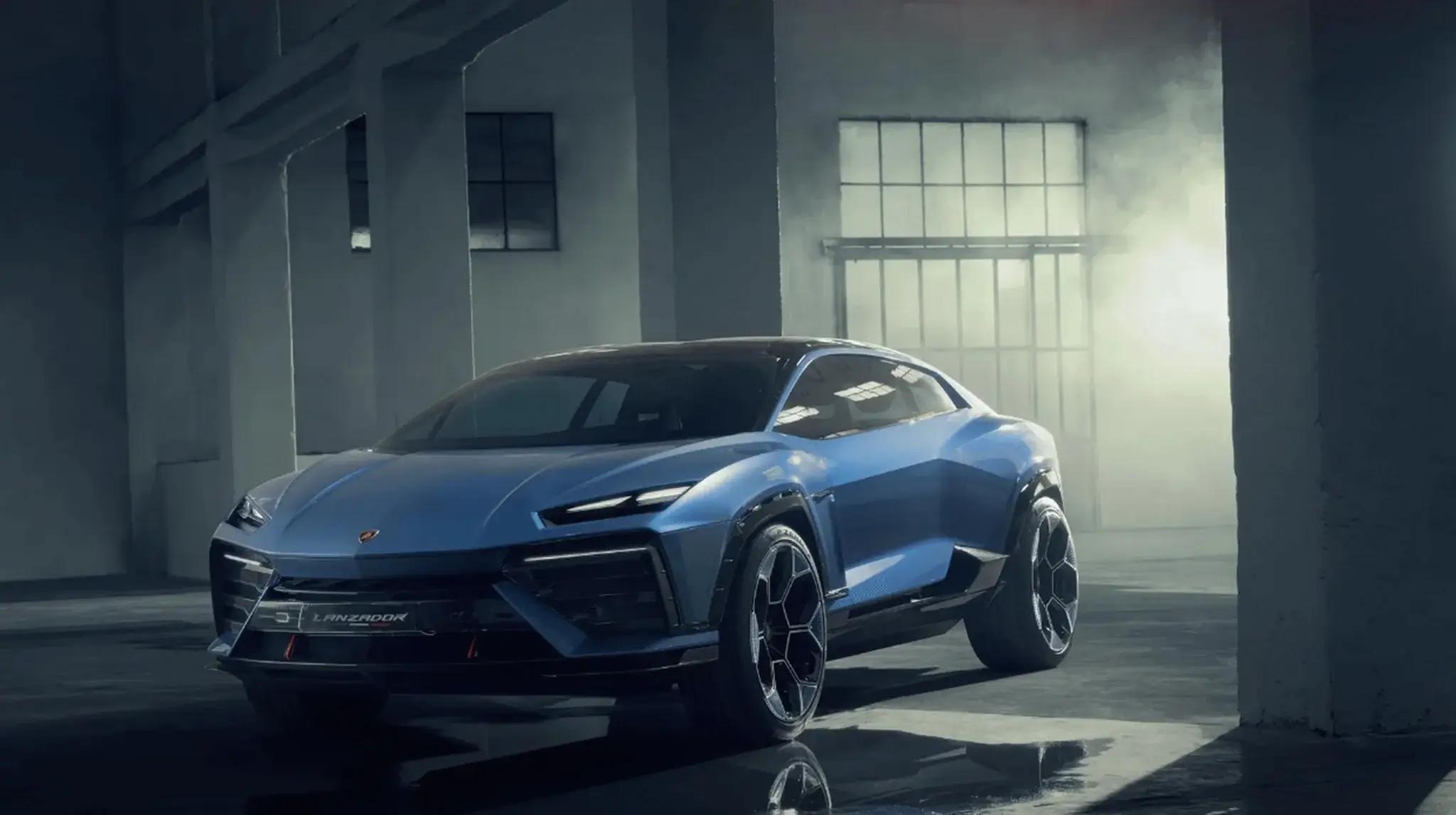
The Italian supercar maker's 1,340-horsepower electric car won't go on sale for five years - but that didn't stop WIRED from taking the prototype for an exclusive early spin.
LAMBORGHINI’S FRESHLY REVEALED Lanzador is its first all-electric car, destined to form a fourth model line alongside the Urus SUV, Huracan, and hybrid Revuelto supercars when it goes into production in 2028.
Normally, so far out from production, such a show car would be a strictly static object, carved by hand from clay, and with blacked-out windows concealing the fact there’s no interior. This is no such show car.
Although the Lanzador remained stationary at the glamorous launch events of Monterey Car Week in California in August, its angular blue bodywork hid a secret: This one-off concept actually works. And, once the attendees had left, their Panama hats safely stored until next year, WIRED was invited to step into the Lanzador, point its spaceship-inspired nose onto the public road, and take it for a drive.
To be clear, this is more a showcase capable of moving rather than an EV ready to go on sale. The drivetrain is not representative of the 2028 Lanzador, nor is the way it accelerates, steers, and stops. But Lamborghini is at pains to point out on this brand-hosted drive that the design and dimensions of this concept are very close to what customers will drive in half a decade’s time.
Years Away, Yet So Close
“We are very close to the production car,” Lamborghini’s chief technical officer Rouven Mohr tells me from the passenger seat as we exit a coastal lay-by on Pebble Beach’s 17 Mile Drive. “It’s a show car in terms of the details, some of the design things we are still working on. But from a packaging point of view we are closer to the production car than the Urus concept was.”
Lamborghini showed off its first SUV concept in 2012, five years before the Urus went into production. Incidentally, a successor to today’s Urus will become Lambo’s second all-electric car when it arrives in 2029. Electric supercars will apparently come later.
The Lanzador’s packaging is that of what Lamborghini calls a 2+2 “Ultra GT.” Harking back to some of its front-engined cruisers of the 1960s and ’70s, the EV offers seating for two up front, followed by a pair of much smaller seats behind and luggage space at the rear.
“It’s a 2+2, but also for us it’s a two-plus-lifestyle,” says Lamborghini design chief Mitja Borkert more than a little enigmatically while sitting behind me, demonstrating that there’s enough space in the back for adults to sit in relative comfort. In an attempt to further prove Borkert's point, the Lanzador’s rear trunk houses supposedly everything we’ll need for our short drive, including a Lamborghini-branded surfboard, skateboard, and, of course, tailored luggage.
More bags are tucked under the hood, but the frunk is extremely shallow, something Lamborghini hopes to improve before 2028.
Retractable Cat Claws
We’re not here to test the Lanzador’s clever retractable aero features—although they are functional, emerging from the bodywork like a cat’s claws—or what Lamborghini claims will be a total power output of one megawatt, equal to some 1,340 horsepower. But right away I'm impressed by the view out.
The low, supercar-style seating position and shallow glasshouse with a steeply-raked windshield serves up a palpable sense of drama. It may well be consigned to the school run—Lambo’s desire is for the Lanzador to be used as an everyday car—but the company isn’t exaggerating when it says its first EV was “inspired by spaceships.”
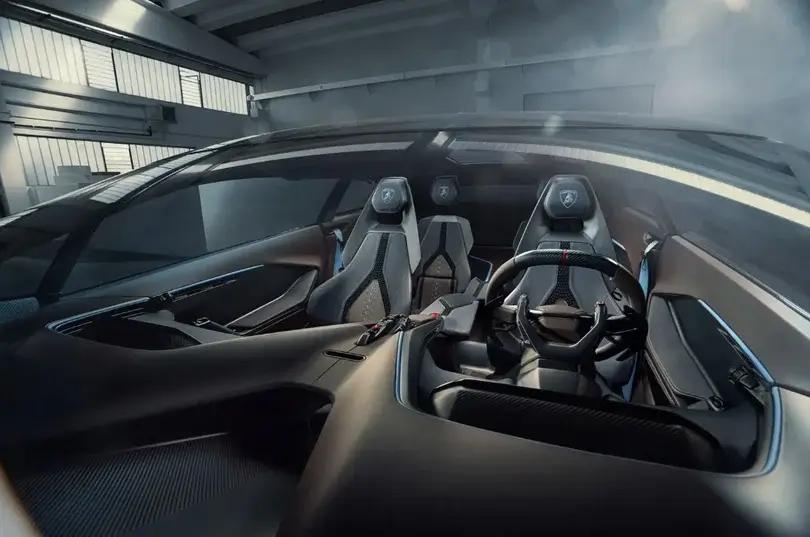
Despite the low seat and raked screen, the cabin is laudably airy, with a low dashboard providing great visibility ahead and masses of open space between the front seats. Bridging the central armrest with the dashboard is a floating control panel housing the start/stop button (shielded by a red, flip-up cover, just like current Lambos) and a new rotary controller called the “pilot unit.”
Thumbing its nose at the touchscreens and frustratingly unresponsive capacitive touchpads so many modern cars are guilty of possessing, this pilot unit is a big, bulky, and unashamedly tactile way of controlling the Lanzador’s climate and infotainment systems.
A set of driving mode selectors on the steering wheel are equally pleasing to touch, with those on the right designed to “add some spice” to the car’s driving dynamics, says Mohr. Fondling the pilot unit as he talks, the chief technical officer adds: “We strongly believe that some specifically positioned haptic [switchgear] gives additional value.”
On the need for carmakers to strike a balance between touch and tactility, Mohr believes there is no definitive right or wrong answer. “Some dedicated and precise haptic devices can make for a luxury feeling,” he says, before adding that the sort of haptics found inside a smartphone or under the trackpad of a MacBook Pro could work in an automotive application. Regardless, Lamborghini still has several years to nail the details.
Hybrid Countach Cabin
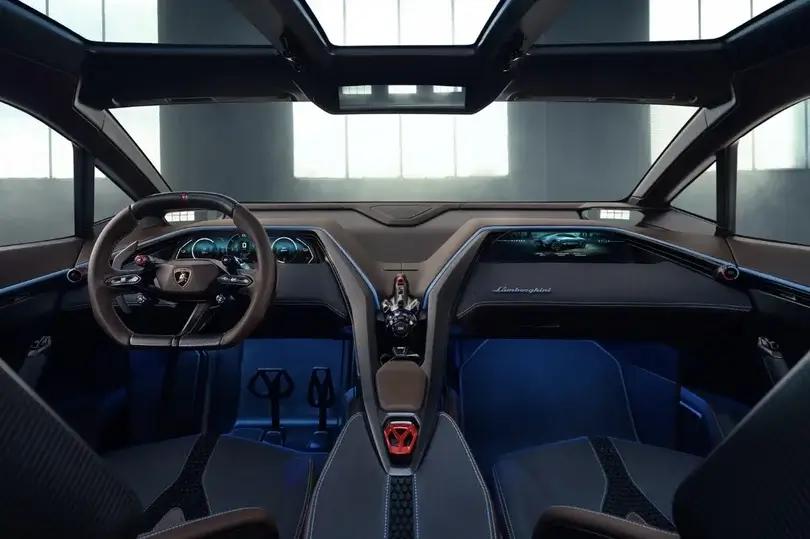
For now, the Lanzador concept has a pair of digital displays set into the dashboard which flip upward when the car is switched on—a nod to the pop-up headlights of the Lamborghini Countach, apparently. Lambo’s seminal supercar also inspired the glass roof of the concept, where horizontal rails echo the groove into which the Countach’s periscope-style rear mirror is housed.
Naturally, this being a concept car, door mirrors are replaced by cameras feeding live video to displays installed beneath the A-pillars. Their position isn’t particularly intuitive, and the pillars will surely become wider on the production car to meet crash safety requirements.
The size, shape, and position of the driver display feels about right, but the identically-sized and symmetrically-installed passenger display seems too small and too far away to be practical. It's safe to suspect the concept cabin’s symmetry will be sacrificed for improved ergonomics before the Lanzador goes into production.
That said, Lamborghini has clearly put effort into making the interior feel believable. This isn’t a flight of fancy with a steering wheel that disappears into the dashboard, ready for a fully-autonomous future that may never arrive. It is, instead, evidence of Lamborghini taking a considered approach to concept design—an honest demonstration of what its first EV will look like.
Electric Lamborghini Sound
But how will it sound? Lamborghini isn’t yet ready to tackle the thorny subject of electric supercar sound, or precisely how its EVs will deliver the sort of emotion its V10 and V12 engines serve up without even trying. This is a brand so attached to the histrionics of internal combustion that drivers tasked with ferrying journalists and executives around during Monterey Car Week were told to always have the exhausts of their Urus SUVs in the loudest setting. Passengers must hear the pops and crackles as they’re whisked along the highway, they were told. Even Lamborghini’s own media briefing was interrupted by the sound of a supercar being driven enthusiastically nearby.
How the electric Lanzador achieves this isn’t yet clear, but Lamborghini confirms it is working on it, using driving simulators. Mohr says: “This is for sure a big challenge for us, I have to admit. We don’t want to do something completely decoupled from the driving experience, because then it’s very artificial. And for sure we are investigating using some frequencies [produced by the car’s electric motors], but not imitating a pure combustion sound.”
This concept’s drivetrain is not representative of the final car. It’s merely there to move the car for dynamic photography and give journalists an early feel for the Lanzador’s design. But the loud whining of the motor doesn’t sound out of place. Its pitch raises sharply when accelerating and there’s certainly a spaceship feel to it all. It’s possible that Lamborghini could lean into this and produce a Lanzador with an entirely modern, electrical soundtrack—not one that attempts to mimic an engine, like the synthetic V8 burble of Ford’s Mustang Mach-E GT.
The Revuelto hybrid supercar’s electric-only mode, albeit only good for 8 miles, has given Lamborghini a place to begin experimenting with such augmented sounds. But that car’s massive V12 does most of the heavy lifting, not its three electric motors and tiny 3.8-kWh battery pack.
Speaking of which, Lamborghini hasn’t yet disclosed the capacity or range of the Lanzador, but says it is close to locking in the battery, motors, and cell chemistry. Being a relatively small member of the Volkswagen Group means it won’t be creating its own electrical hardware, and will instead borrow from siblings. Scratch beneath the skin of the first Lanzador in 2028 and you’ll likely discover batteries and motors used by Porsche and Audi.
Active Aero
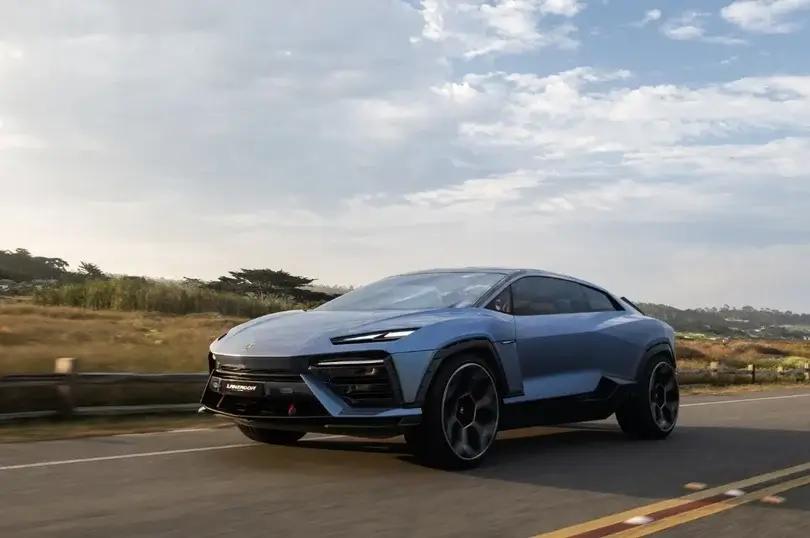
Outside, the angular bodywork hides some clever aerodynamic tricks. There’s a hidden S-duct up front, working with concealed louvers to reduce lift by aiding wheel arch ventilation, and a whole host of moveable aero components, including a splitter that extends forward when the driver wants extra downforce and fins that raise to help channel air neatly over the rear windshield. Not all of these will make production, but they still deliver a broader message about the visual drama Lamborghini seeks to deliver.
On the car’s active aero, of which there are three settings for the driver to pick from, Mohr said how the Lanzador has “typical supercar features that you will have never seen before in a car like this … but these are covered, it’s like a sports car wearing a suit. Only at second glance do you see the working elements.” Those three settings let the driver decide whether they want extra downforce for track driving or a slipperier setup for extra range.
From Concept to Mass Production
The Lanzador’s aerodynamic features are also likely to be simplified but not removed entirely. We might not see a 2+2 Lambo with half a dozen deployable fins and wings, but active aero designed to increase range is surely a no-brainer for the supercar maker’s first EV.
Most of today’s high-performance electric cars deliver their thrills in a massively powerful but precise and ultimately anodyne way. This works with the devastatingly quick but resolutely well-mannered EVs from Porsche and Audi, but isn’t going to wash when it comes to the flamboyant Italians.
We’re yet to see what Ferrari has up its sleeve, of course. But from first-mover Lamborghini we have witnessed an EV that doesn’t set out to offer the electric equivalent of a hairy-chested supercar with scissor doors and flame-throwing tailpipes.
Instead, as mainstream manufacturers have already done to great success, Lamborghini’s initial offering is to create a novel vehicle segment—one that promises the performance its customers expect, but with the practicality an EV platform offers and the business opportunity an all-new model line creates. After all, the company has previously claimed that, unlike other high-value car brands, the average age of its customers is under 40—a group that should be far more attuned to the benefits of electric vehicles.
Just as the Mustang Mach-E was an all-new product line for Ford, and the Taycan slotted neatly between the 911 and Panamera at Porsche, the Lanzador is another string to Lambo’s bow. It’s a tantalizing glimpse of the near future, but to discover exactly what the electric successor to the Miura, Countach, and Diablo bloodline really is, we’ll have to wait just a few more years.
PUBLISHED SEP 26, 2023 ON WIRED.COM


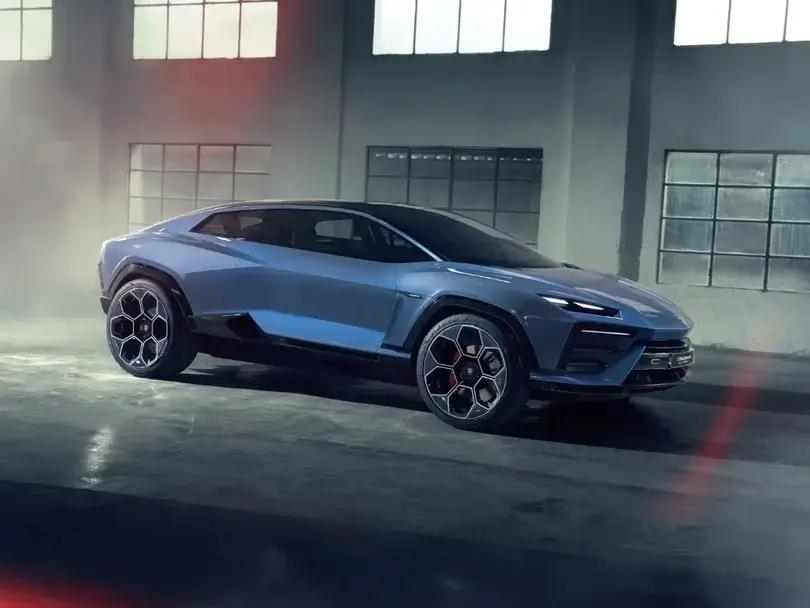








Comments (0)
There are currently no comments.